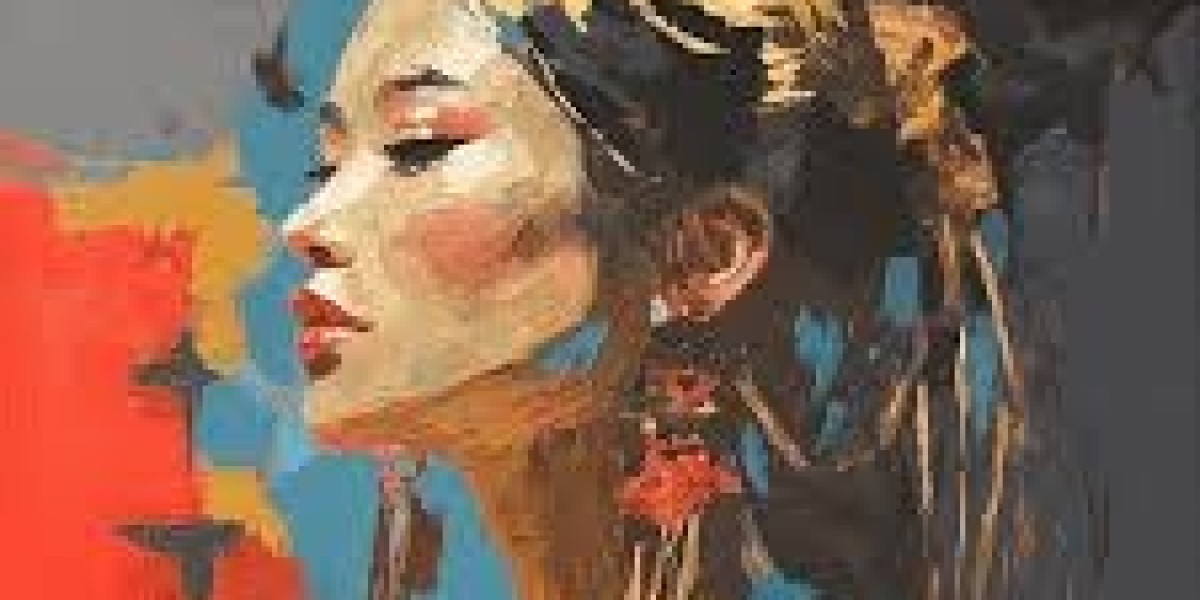Painting, one of humanity’s oldest and most celebrated forms of artistic expression, has evolved through centuries, reflecting changes in culture, technology, and societal values. From its origins in ancient cave walls to the contemporary art of today, painting has remained a powerful tool for self-expression, communication, and exploration. This article delves into the journey of painting throughout history, examining its various styles, techniques, and the cultural shifts that shaped its development.
1. The Dawn of Painting: Cave Art and Early Civilizations
The origins of painting are believed to date back to prehistoric times. Early humans used natural pigments to create images on cave walls, establishing the foundation for one of the oldest forms of visual communication.
Cave Paintings: Some of the earliest known paintings can be found in caves like those in Lascaux, France, and Altamira, Spain, dating back over 30,000 years. These works, mostly depicting animals, were likely created as part of ritualistic practices or to convey the significance of hunting. The use of ochre, charcoal, and other natural pigments allowed these early artists to leave their mark, forming the earliest connection between humans and visual representation.
Ancient Art: In ancient civilizations such as Egypt, Greece, and Rome, painting began to take on more elaborate forms. Egyptian tomb paintings, for instance, depicted scenes of the afterlife and daily life, with strict adherence to symbolic conventions. Greek and Roman artists, influenced by classical ideals, started focusing more on realism, and the human figure became a central theme in their work, setting the stage for future developments in portraiture and anatomical accuracy.
2. The Renaissance: A Rebirth of Classical Ideals
The Renaissance, spanning from the 14th to the 17th century, marked a dramatic shift in painting. This period saw a resurgence of interest in classical antiquity, along with the development of new techniques that allowed artists to explore depth, perspective, and human emotion in unprecedented ways.
Linear Perspective: One of the most revolutionary techniques introduced during the Renaissance was linear perspective, which allowed artists to create the illusion of depth on a flat surface. Pioneers like Filippo Brunelleschi and Leonardo da Vinci perfected this technique, enabling artists to depict the world more realistically than ever before. This shift in visual representation laid the groundwork for modern art.
Humanism: The Renaissance also saw the rise of humanism, an intellectual movement that emphasized the importance of human beings, individual experience, and the natural world. Artists like Michelangelo, Raphael, and Leonardo da Vinci focused on portraying the human form in all its beauty, exploring anatomy, light, and proportion with unprecedented accuracy.
Iconic Works: The Renaissance produced some of the most famous paintings in art history. Leonardo’s Mona Lisa is renowned for its enigmatic smile and use of sfumato (a technique that creates a soft transition between colors and tones). Michelangelo’s Creation of Adam, painted on the ceiling of the Sistine Chapel, remains one of the most celebrated works of art in the world, capturing the divine moment of human creation with stunning grandeur.
3. Baroque and Rococo: Emotion, Drama, and Ornamentation
In the 17th century, painting became more emotional and dramatic, reflecting the turbulent social and political climate of the time. This period gave rise to the Baroque and Rococo styles, which introduced new levels of movement, light, and ornamentation.
Baroque Painting: Baroque artists like Caravaggio, Rembrandt, and Peter Paul Rubens embraced bold contrasts of light and shadow, known as chiaroscuro, to heighten the emotional impact of their paintings. Caravaggio’s use of realism and dramatic lighting in works like The Calling of Saint Matthew introduced a new level of intensity to religious and mythological themes. The Baroque style also emphasized movement and dynamism, with figures often appearing in dramatic poses.
Rococo Style: Emerging in the 18th century, Rococo was a more playful and ornate style. Characterized by soft, pastel colors, elaborate decorations, and a focus on lighthearted scenes of love and leisure, Rococo painting often depicted the aristocracy in romantic or whimsical settings. Artists like François Boucher and Jean-Honoré Fragonard embraced the sensual and decorative qualities of the style, creating works that were both elegant and fantastical.
4. The Age of Revolution: Neoclassicism and Romanticism
The late 18th and early 19th centuries brought about significant political and philosophical changes, which were reflected in the art of the time. Neoclassicism and Romanticism emerged as responses to the social upheavals of the French Revolution and the Industrial Revolution.
Neoclassicism: Neoclassical artists, such as Jacques-Louis David and Jean-Auguste-Dominique Ingres, returned to the ideals of ancient Greece and Rome. They emphasized order, reason, and moral virtue, often depicting scenes from classical mythology or history. David’s The Death of Socrates is a prime example of Neoclassicism’s reverence for the heroic ideals of antiquity.
Romanticism: In contrast, the Romantic movement sought to emphasize emotion, individualism, and the sublime power of nature. Artists like Eugène Delacroix and J.M.W. Turner created works filled with dramatic lighting, vibrant colors, and intense emotional expression. Turner’s The Fighting Temeraire captures the tension between the old world and the new, using dramatic lighting to evoke a sense of melancholy and nostalgia.
5. Modernism and Abstraction: Breaking Traditional Boundaries
The 20th century saw the rise of Modernism, a movement that rejected traditional representation and embraced new forms of abstraction and experimentation.
Impressionism: One of the first major movements to challenge traditional painting was Impressionism, led by artists like Claude Monet, Édouard Manet, and Pierre-Auguste Renoir. Impressionists sought to capture the fleeting effects of light and color in nature, often painting outdoors (en plein air). Monet’s Impression, Sunrise, which gave the movement its name, exemplifies the focus on light and color over detail.
Cubism: In the early 20th century, Pablo Picasso and Georges Braque pioneered Cubism, a style that fragmented objects and figures into geometric shapes and multiple perspectives. This radical approach to representation challenged viewers’ perceptions of reality, as seen in Picasso’s groundbreaking work Les Demoiselles d’Avignon.
Abstract Expressionism: Following World War II, artists like Jackson Pollock, Mark Rothko, and Willem de Kooning embraced abstraction as a way to express emotion and the subconscious mind. Pollock’s chaotic, “drip” paintings, like No. 5, 1948, emphasized spontaneity and gesture, while Rothko’s color field paintings explored the psychological power of color and form.
6. Contemporary Painting: A Diverse Landscape
Today, painting remains a vibrant and diverse field. Contemporary artists continue to explore new media, techniques, and social issues through their work, often blending traditional painting methods with digital technologies, photography, and performance art.
Street Art: Artists like Banksy have transformed public spaces into canvases, using graffiti and street art to engage with political and social themes. Banksy’s works often combine dark humor and poignant messages, making them both visually striking and thought-provoking.
New Media and Digital Painting: In the 21st century, artists have increasingly embraced digital tools, creating paintings on digital platforms using software like Photoshop or Procreate. Digital artists such as David McLeod and Kara Walker explore new ways of creating immersive, interactive artwork that challenges the definition of painting.
Global Themes: Contemporary painters are also more likely to address global and political issues in their work. Themes like migration, climate change, and identity are central to the work of many modern artists, reflecting the complexities of the interconnected world we live in.
7. The Enduring Legacy of Painting
Despite the rapid development of new media and art forms, painting remains a powerful and influential form of artistic expression. It is a medium that allows for infinite exploration, from realism to abstraction, from the depiction of the natural world to the expression of the human psyche.
Throughout history, painting has adapted to reflect the changing tides of society, but its ability to capture emotion, communicate ideas, and challenge perceptions has remained unchanged. Whether through the meticulous brushstrokes of Renaissance masters or the spontaneous gestures of abstract expressionists, painting continues to be a vital force in the art world, inviting both artists and audiences to engage with the world in new and profound ways.










